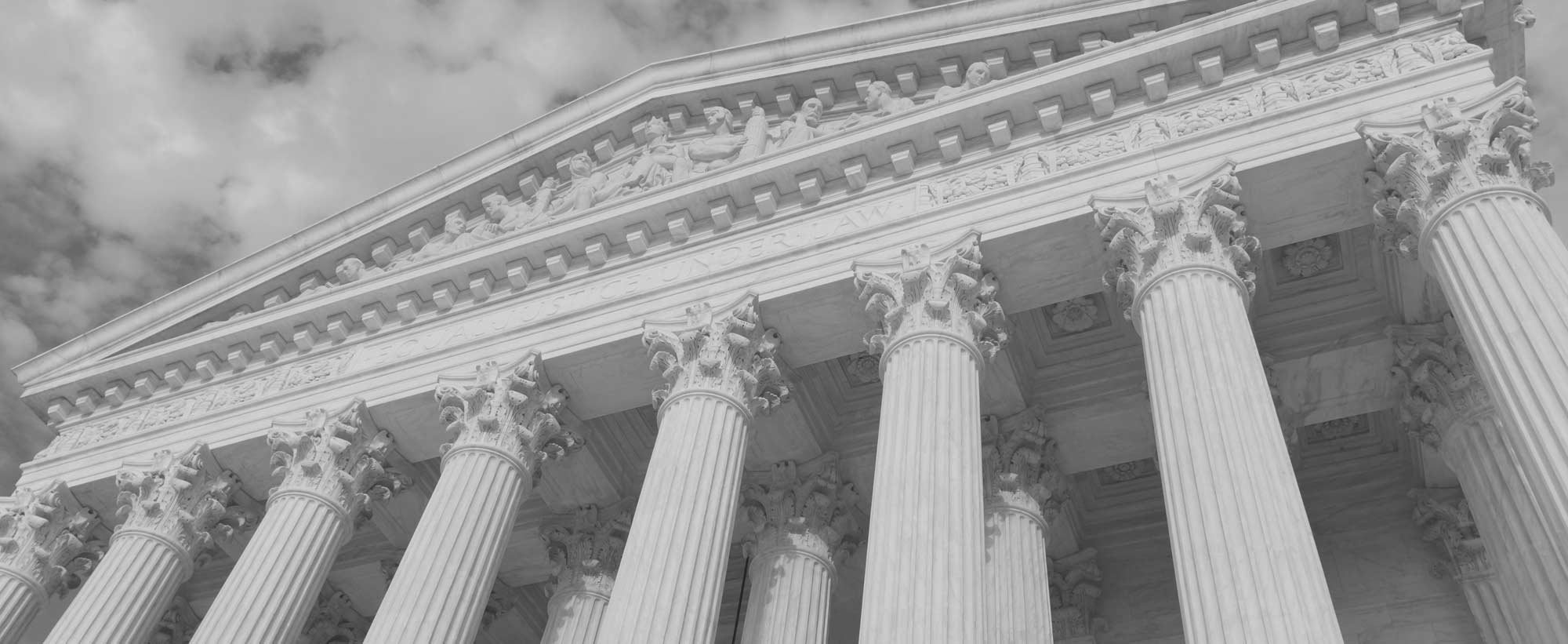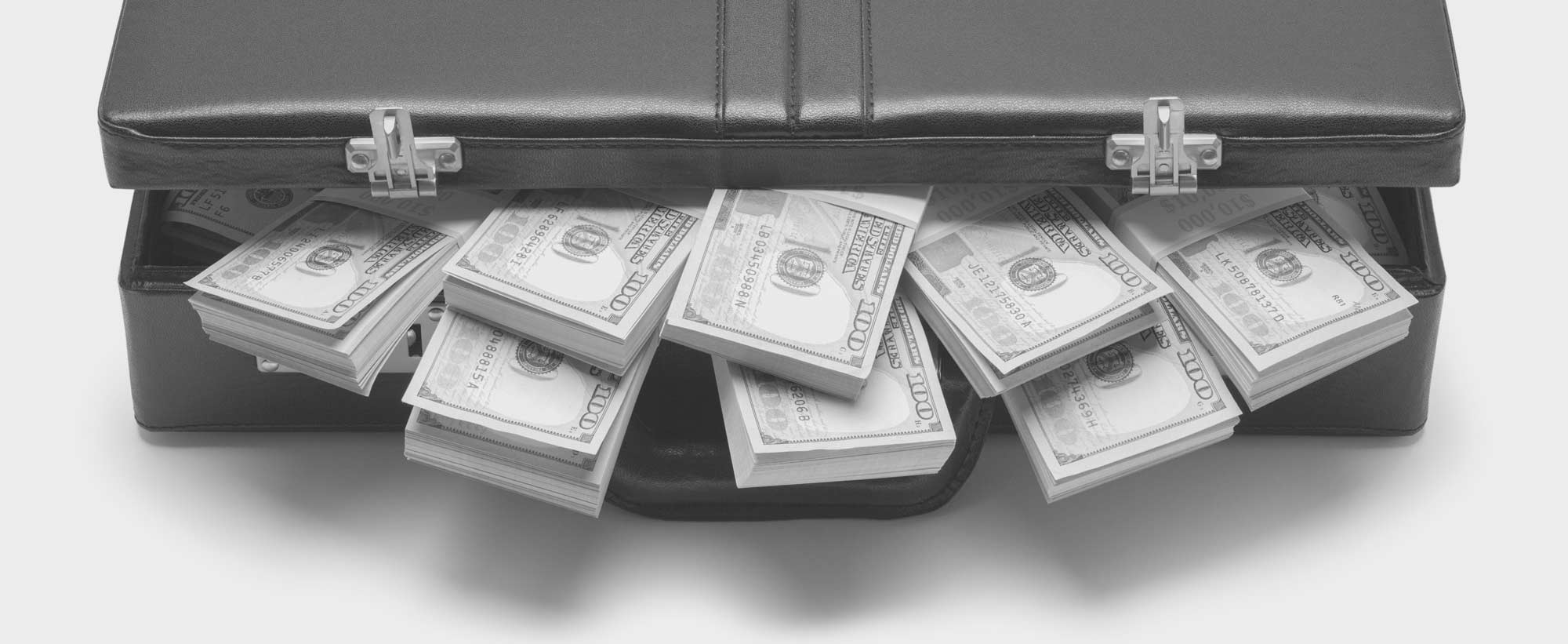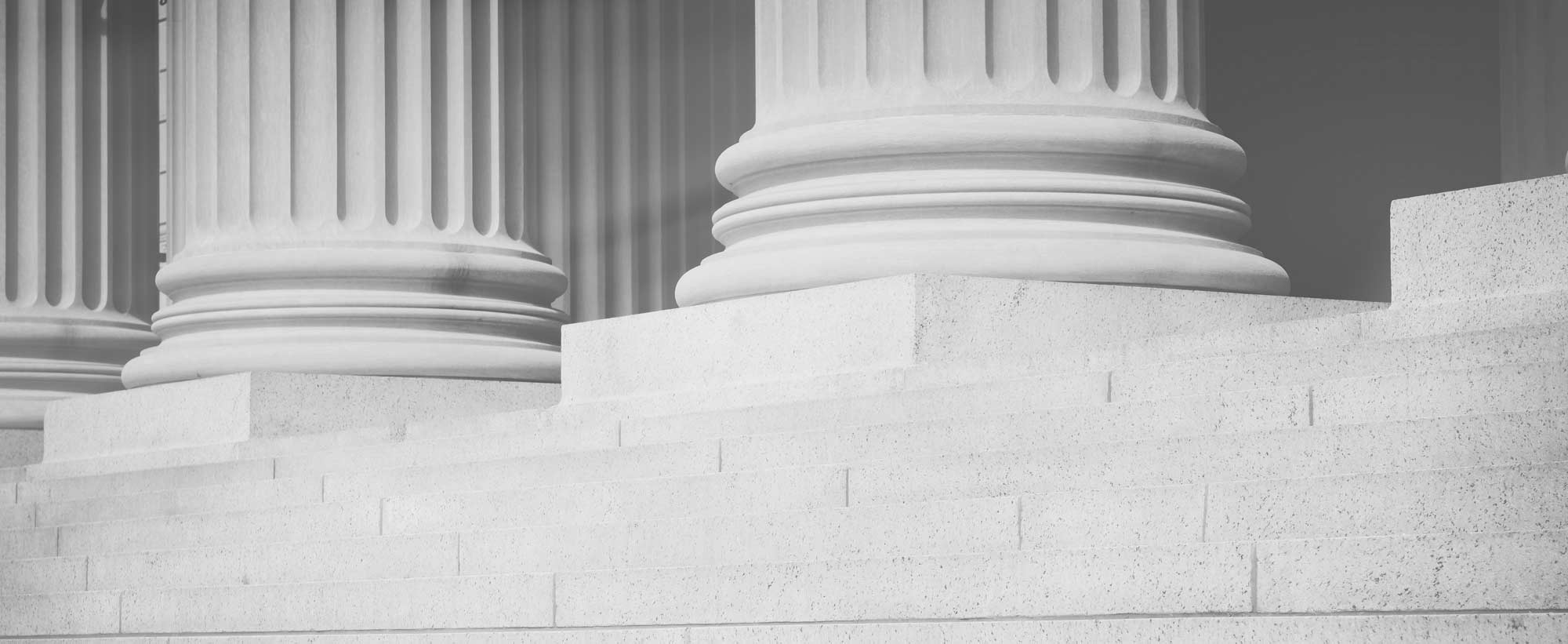It can be very difficult, if not impossible, to discharge student loans through bankruptcy. Courts require that you prove it would cause an undue hardship for you to pay. The problem with this is that Congress has never defined what constitutes an “undue hardship,” thus leaving it in the hands of many courts to determine if debtors should or should not have to repay their student loans. The problem is, for many, the existence of student loan debt makes it hard to pay for any other form of credit.
No Definition for Undue Hardship
According to a 2017 report from the Consumer Financial Protection Bureau, there are around 44 million borrowers with student debt. That outstanding student debt sits at about $1.4 trillion. With these staggering numbers, it’s unreal that we have not decided on a way to deal with student loan debt as a nation.
According to the National Consumer Law Center, the Brunner test is currently being used to define undue hardship. It’s based on three factors that borrowers must prove:
1. Would you be able to maintain a minimal standard of living if you had to repay the loan?
2. Are the financial difficulties you face temporary, or are they expected to continue for several years?
3. Have you made efforts to keep up with your student loan payments before filing for bankruptcy?
A borrower must prove paying back debt will prove an undue hardship and will continue to prove an undue hardship.
That rule may be changing though.
The Department of Education is currently re-evaluating these criteria and developing guidance on determining when a borrower is experiencing undue hardship. It’s also looking at whether to change how each factor implements the decision as well as how to make student loan discharges more accessible for borrowers who need relief.
Time will tell what happens with the decision regarding student loan debt. In the mean time, if you are suffering under overwhelming amounts of debt, there are options for you including debt consolidation of your other debt, and also bankruptcy.
Bankruptcy Abuse Prevention and Consumer Protection Act
In 2005 the bank lobby enacted the Bankruptcy Abuse Prevention and Consumer Protection Act. This act essentially sealed the fate on private student loan debt – making it almost completely (except for extreme cases) nondischargeable in bankruptcy. Prior to 2005, only federal student loans were difficult to get discharged.
That change quickly meant a lifetime of indentured servitude to student loan debt payments for American families who had taken out loans to ensure the well-being of their college-bound children. Once one of those children graduated from college they were soon met with a struggling job market that could offer very little in terms of employment. Thus, the interest on the loan piles up. In extreme cases, this leads to default. But what’s most frustrating in all of this is the fact that this debt is not dischargeable in bankruptcy, and worse, it is hardly ever forgiven.
No “Re-Start” for Those with Student Loans
Even mortgage debt is dischargeable in bankruptcy and through foreclosure. While not ideal, families are able to re-start. But with student loans, there’s no sense of a “re-start.” This form of debt cannot be discharged, and even worse, banks and debt collectors can get a lien on not only the student’s home, but also the parent’s home (if they co-signed for the loan) and garnish wages and garnish bank accounts.
Privately Held Student Loans
Private lenders — banks, credit unions, and other financial firms that provide student education loans — often take a lot of flack for being unwilling to negotiate with borrowers struggling with repayment. Borrowers are often at the mercy of these private lenders who hold 8 percent of the $1.18 trillion student loan market due to the fact that, according to lenders, student loans are packaged into securities and then sold to investors, thus creating restrictions on the contracts. These restrictions make it hard for lenders to adjust the terms of the repayment for borrowers.
When Are Student Loans Dischargeable?
Student loans are only dischargeable in bankruptcy if you can prove to a judge that you have an “undue hardship” that makes it impossible for you to pay your debt. Examples of an undue hardship include a disability that is severe enough that it prevents you from working.
Statistics to be Aware Of
A lot of people that have student loan debt who file bankruptcy do not ask for their loans to be forgiven because they have heard it is impossible. Here are some statistics you must know:
• According to a Harvard law school study, 99.9% of bankruptcy filers that have educational debt don’t ask for forgiveness.
• 40% of debtors who do request for relief from student loans in bankruptcy are granted partial or total discharge of the student loans.
• Every year 70,000 debtors that file bankruptcy actually qualify to discharge some or all of their student loan debt.
You Have to Qualify
To be eligible for student loan debts to be discharged, you must first qualify. You will need to follow a set procedure, outlined below, to discharge your debt.
Procedure to Discharge your Student Loans in Bankruptcy:
You must first file a formal complaint called a Complaint to Determine Dischargeability with the bankruptcy court. You will then need to prove to the court that payment of your loans will cause an undue hardship.Most likely a test will be used to determine undue hardship. This test varies between courts, but usually the Brunner test is used. Here are three circumstances you must meet to qualify for the Brunner test:
Poverty. Based upon your current income and expenses, you will be unable to maintain a minimal standard of living for yourself and your dependents if you are forced to repay your loans.
Persistence. Your current financial situation is likely to continue for a significant part of the repayment period.
Good faith. You have made a good faith effort to repay your student loans.
The Totality of the Circumstances test examines all relevant factors in your case.
There is also special test for Health Education Assistance Loans (HEAL). You will have to show that the loan became due more than seven years ago and repayment would cause an “unconscionable” burden on your life.
Most courts look at the undue hardship tests as all or nothing – either you qualify to get the whole loan discharged, or you do not. But some courts have discharged a portion of a debtor’s student loan.
Three Common Characteristics
According to a Harvard study, debtors who were successful in discharging some or all of their student loans through bankruptcy had at least one of these common characteristics: they were unemployed, had a medical hardship, or had a lower income the year before filing for bankruptcy.
You Must File for Chapter 7 Bankruptcy
If you are filing for bankruptcy to try and discharge student loan debt you must file for Chapter 7 bankruptcy. Chapter 7 bankruptcy allows immediate forgiveness of all unsecured debts. This is different from Chapter 13 bankruptcy, which establishes a debt repayment plan that allows you to discharge your debts over a period of three years.
Managing Other Debt
One other thing that might help student loan debt is to find a way to manage your other debt through debt consolidation. Streamlining debts can help to free yourself from financial burden while lowering costs. But you’ll want to understand just what debt consolidation is so that you can decide if it’s for you. If you’re able to pay off your debts within 6 months to a year, you might just consider being really strict. If you look at your debt and see years and years of potentially impossible saving, then you might consider debt consolidation.
Debt Consolidation Companies
A lot of times willpower is not enough to help debtors out of the hole. It’s important that you analyze your spending habits. Going out to dinner every night for a delicious but extravagant meal will not help you pay down your $33,000 Visa debt. You’re going to need to make some changes. But if you have made those changes and you still are not reaping the rewards of your new debt habits, then you might want to seek the help of an expert.
That’s exactly where a debt consolidation company comes in. These companies are kind of like your best friend that stops you from eating that fourth chocolate chip cookie. Debt consolidation companies are there to “save you from yourself” and help you make the right financial moves before your “inner cookie monster” takes over.
Here’s what a debt consolidation (a.k.a. debt management or credit counseling) does:
• Closes credit accounts so you cannot use them.
• Sets up an automated monthly payment based on your budget that gets distributed it to your creditors.
• In some cases, they can negotiate lower APRs or reduced late fees with your creditors
Considering Debt Consolidation
Debt consolidation can be helpful to anyone: whether you’re considering bankruptcy, or if you are just trying to get a handle on your finances.
What Is Debt Consolidation?
Debt consolidation means that all of your smaller loans get paid off with one large loan. So you essentially get one lump sum to pay off your smaller loans so that you only have one monthly payment rather than several monthly payments. The theory behind this is one payment is easier to manage than several. And the main goal is to lower the interest rate and monthly payments while paying off your debt in a quicker amount of time.
Debt Settlement
It’s important to note that debt consolidation is not the same as debt settlement. Debt consolidation allows you to pay your debts in full without causing negative consequences to your credit. Debt settlement is the process of paying off debt to a creditor once a mutually agreed to sum is reached. This sum is usually less than what is owed. Typically, only unsecured debt (for example, credit cards and medical bills), is eligible for debt settlement. Debt settlement is often considered a risky process.
How Bankruptcy Can Help
If you do not meet the undue hardship criteria for student loan debt, bankruptcy can still help you in important ways. Mostly, you will be filing in order to control your other forms of debt. Filing for Chapter 13 bankruptcy can restructure your student loans along with other debt into a manageable three- to five-year payment plan.
Filing for Chapter 7 bankruptcy can eliminate your other debts such as credit card and medical bills, giving you some breathing room, so you can better manage your student loan debt.
Every situation is different. Our bankruptcy lawyers will work with you personally to craft a debt relief strategy that meets your unique goals and helps you get your student loan debt under control.
Working with I Bankruptcy Attorneys
Are you overwhelmed by student loan debt and looking for financial relief? While in most cases, student loans cannot be discharged in bankruptcy, the attorneys at, can help you explore debt relief options that can make your situation much easier to bear. We are experienced bankruptcy lawyers who have helped numerous clients throughout the Los Angeles area achieve their debt relief goals. Call 213.699.3055 or contact us online for a free consultation with a California bankruptcy lawyer. It could be your first step on the road to debt relief.
I Bankruptcy Attorneys
5455 Wilshire Blvd STE12000
Los Angeles, CA 90036
Phone: (213) 699-3055
https://ibankruptcyattorneys.com



